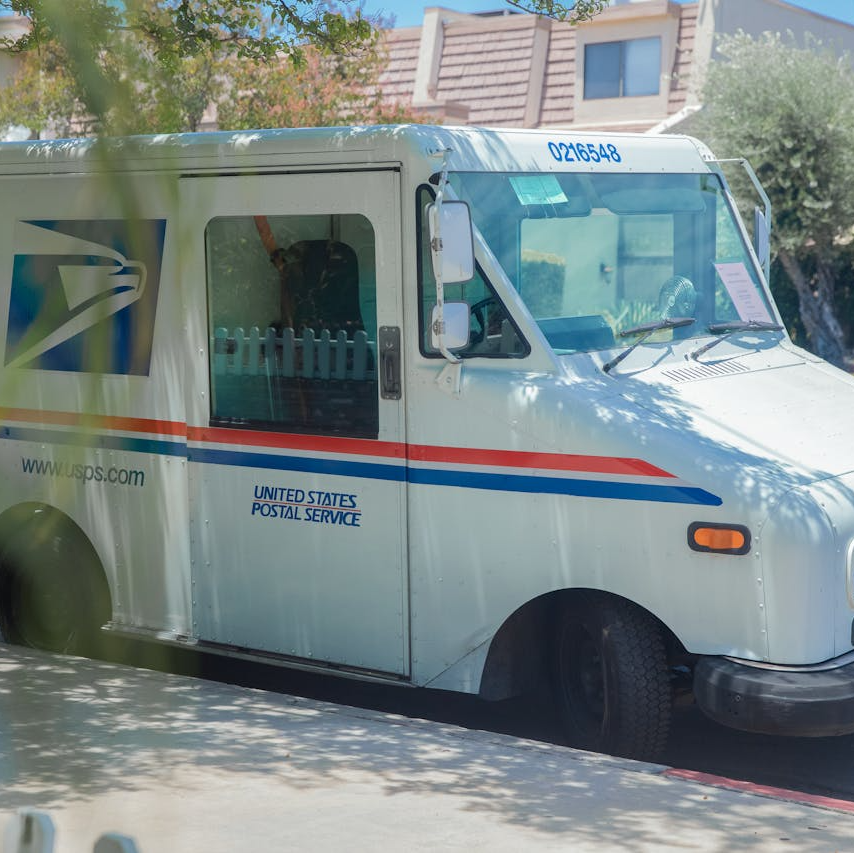Key Takeaways
-
The new Postal Service Health Benefits (PSHB) program brings significant changes that could impact your retirement healthcare plans.
-
Coordinating PSHB and Medicare strategically can reduce your healthcare costs and provide enhanced coverage during retirement.
1. The Transition to PSHB Is Mandatory—What Does This Mean for You?
As a current USPS employee or retiree, you’re now required to transition from the Federal Employees Health Benefits (FEHB) Program to the new Postal Service Health Benefits (PSHB) Program. This switch officially took effect on January 1, 2025, following an open enrollment period held from November to December last year.
Here’s what you need to know:
-
Automatic Enrollment: If you missed open enrollment, you were automatically enrolled in a comparable PSHB plan. However, it’s important to review your automatic enrollment status to ensure your current healthcare needs align with the new plan.
-
Plan Choices: PSHB offers a variety of plan options similar to FEHB but tailored specifically to postal employees. These plans include Self Only, Self Plus One, and Self and Family coverage.
Your action point: If you haven’t yet reviewed your coverage under PSHB, now is the time to carefully check your plan details and make necessary adjustments during the next open enrollment or any qualifying life event.
2. Medicare Part B Enrollment Can Be Crucial for Your PSHB Coverage
A significant element of the new PSHB program is its integration with Medicare, especially Medicare Part B (Medical Insurance). Under the new rules, many postal retirees and their family members must enroll in Medicare Part B to maintain their PSHB coverage.
Here’s how it works:
-
Mandatory Enrollment: If you retired or became eligible for Medicare Part B after January 1, 2025, you must enroll in Part B to remain eligible for PSHB coverage. However, some exemptions apply if you retired before this date or were 64 or older as of January 1, 2025.
-
Enrollment Window: Medicare Part B’s initial enrollment period is a seven-month window that begins three months before your 65th birthday month and ends three months after it. Missing this window could mean facing permanent higher premiums.
Strategically enrolling in Medicare Part B ensures that you avoid penalties and fully utilize the enhanced benefits of your PSHB plan.
3. Understanding the Cost-Sharing Details Can Save You Money
With PSHB, cost structures differ from FEHB, so understanding these specifics can significantly affect your retirement budgeting. Here’s a quick rundown of typical PSHB cost-sharing arrangements:
-
Premiums:
-
Self Only: Monthly premiums typically range from about $120 to $200.
-
Self Plus One: Monthly premiums generally vary from $250 to $400.
-
Self and Family: Expect premiums to range roughly between $350 and $550.
-
-
Deductibles and Out-of-Pocket Costs:
-
Deductibles: Depending on your chosen PSHB plan, annual deductibles for individuals range between $350 and $500 for low-deductible plans, and $1,500 to $2,000 for high-deductible plans.
-
Out-of-Pocket Maximums: In-network annual out-of-pocket maximums can reach up to $7,500 for individuals and $15,000 for family plans.
-
-
Copayments and Coinsurance:
-
Doctor visits usually cost between $20 to $40 for primary care and $30 to $60 for specialists.
-
Emergency visits typically range from $100 to $150 per visit.
-
Considering these details in advance lets you accurately forecast your healthcare budget and avoid unexpected financial surprises during retirement.
4. Medicare Integration Offers Significant Advantages
One standout feature of the PSHB program is its coordinated structure with Medicare. If you are Medicare-eligible, integrating Medicare Parts A, B, and D with your PSHB plan can significantly enhance your benefits and lower overall costs.
Here’s what coordinated coverage could offer:
-
Reduced Deductibles and Copayments: Many PSHB plans waive or significantly reduce deductibles and copayments for enrollees who also have Medicare Part B coverage. This integration substantially decreases your out-of-pocket expenses.
-
Enhanced Prescription Drug Coverage: If you’re Medicare-eligible, you automatically receive prescription drug coverage through a Medicare Part D Employer Group Waiver Plan (EGWP), incorporated within your PSHB plan. This integration caps your annual out-of-pocket prescription drug costs at $2,000.
-
Additional Financial Support: Select PSHB plans provide partial reimbursements for Medicare Part B premiums, alleviating the financial burden and offering added monthly savings.
Strategically integrating Medicare with your PSHB ensures maximum healthcare benefits, reducing potential gaps in coverage.
How to Strategically Plan for PSHB and Medicare Integration
Successfully navigating the coordination between PSHB and Medicare involves some critical planning steps:
1. Confirm Your Eligibility Dates
Knowing your specific Medicare enrollment periods and retirement dates helps you make timely decisions, preventing costly delays or penalties.
2. Evaluate Coverage Gaps
Understand exactly what your PSHB covers and identify any potential coverage gaps Medicare could address. This evaluation ensures comprehensive health coverage tailored to your specific needs.
3. Compare Costs Regularly
Health plans and costs evolve annually. Each year during open enrollment (typically November to December), review changes to your PSHB plan, Medicare premiums, deductibles, and copayments to ensure continued optimal coverage.
4. Leverage Medicare Advantage (Part C)
Although Medicare Advantage plans vary widely and involve private insurers, exploring how they coordinate with your PSHB might offer additional savings and supplemental benefits. Always confirm how your chosen Medicare Advantage option integrates with PSHB.
By following these strategic steps, you maximize your benefits and minimize costs, securing a more stable financial retirement.
The Impact on Retirement Planning
Retirement planning under the new PSHB structure requires careful adjustment and reconsideration:
-
Adjusting Your Retirement Budget: Updated premium rates, out-of-pocket maximums, and Medicare Part B integration require recalculating your healthcare budget within your retirement financial plan.
-
Increased Flexibility: The wide range of PSHB and Medicare integration options provides greater flexibility, allowing you to tailor healthcare coverage precisely to your needs and budget.
-
Long-term Financial Security: Strategic coordination between PSHB and Medicare not only addresses immediate healthcare needs but ensures long-term financial security by reducing lifetime healthcare expenditures.
Make the Most of PSHB and Medicare
The integration of PSHB and Medicare presents new opportunities to enhance your retirement healthcare strategy. While the initial transition may seem complex, strategic planning can significantly simplify the process and amplify your retirement benefits. Remember, this isn’t a “set and forget” decision; annual reviews during open enrollment are vital for maintaining optimal coverage.
Navigating PSHB and Medicare can be challenging. If you’re unsure about the best way to integrate these programs into your retirement plan, seek professional assistance. Reach out to a licensed agent listed on this website to explore the best options tailored specifically to your retirement goals.











